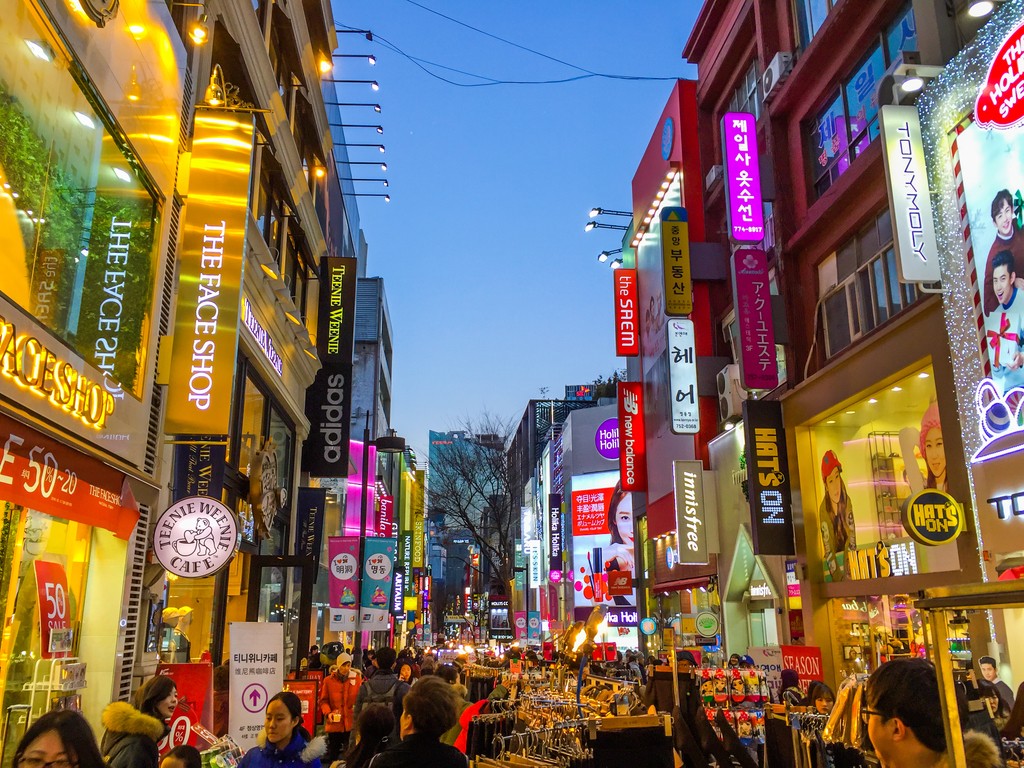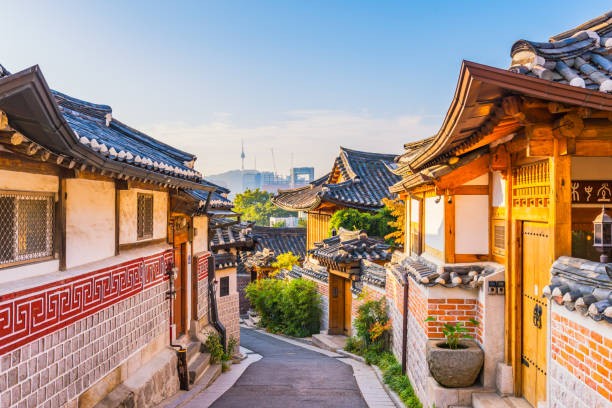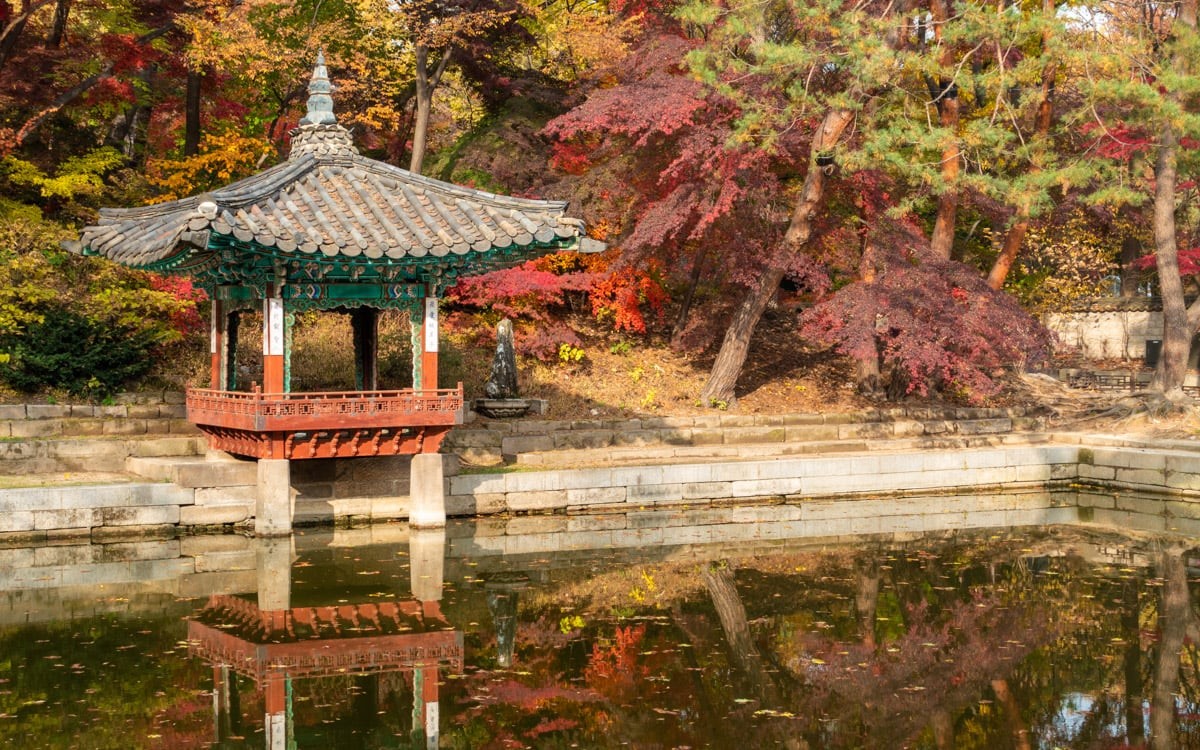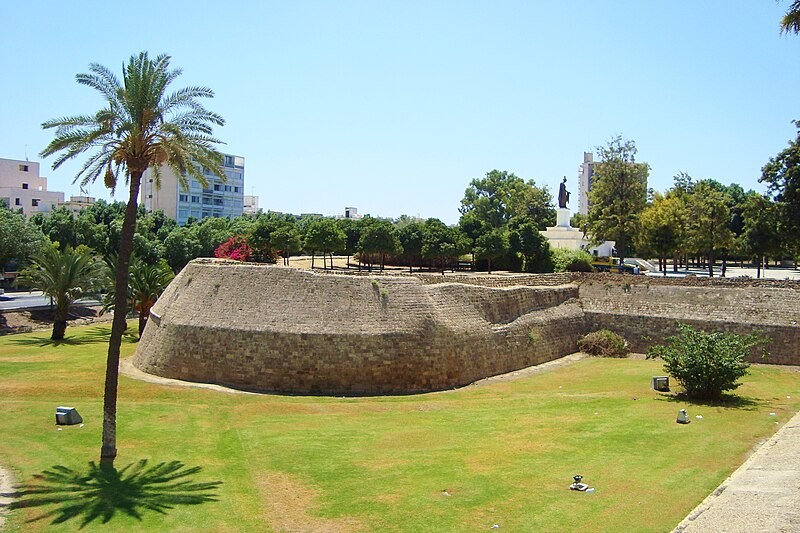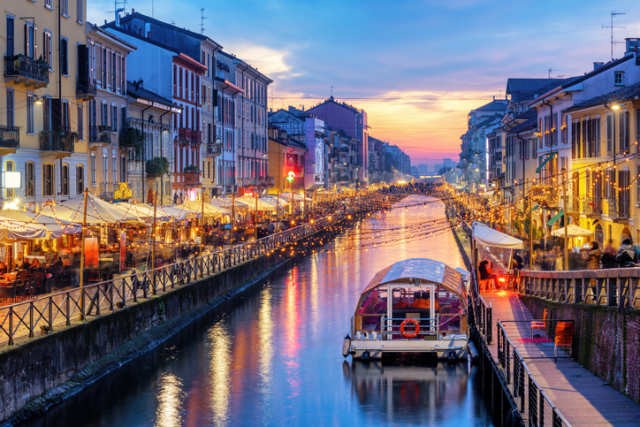
Milan: History and Places to Visit
Milan, the capital of Lombardy and one of Italy's most influential cities, is renowned for its fashion, design, and finance. Often overshadowed by Rome and Venice, Milan offers a unique blend of historical grandeur and modern sophistication. With its rich history, impressive architecture, and vibrant cultural scene, Milan is a must-visit destination for anyone interested in exploring Italy's dynamic urban landscape.
The History of Milan
Milan’s history dates back to ancient times, with origins that can be traced to the Celtic Insubres, who settled in the area around 600 BC. The city was later absorbed into the Roman Empire, becoming an important administrative center known as Mediolanum. Under Roman rule, Milan flourished and became a significant political and economic hub.
In the medieval period, Milan emerged as a powerful city-state, known for its strong military and political influence. The city was ruled by various noble families, including the Visconti and Sforza dynasties, who left a lasting impact on its architecture and cultural heritage. Milan was also an important center of the Renaissance, attracting renowned artists and architects such as Leonardo da Vinci and Bramante.
During the 19th and 20th centuries, Milan experienced rapid industrialization and modernization, solidifying its position as a global financial and fashion capital. Today, Milan stands as a vibrant, cosmopolitan city that celebrates both its historical roots and its contemporary achievements.
Places to Visit in Milan
1. Milan Cathedral (Duomo di Milano)
The Milan Cathedral, or Duomo di Milano, is one of the most iconic landmarks in the city. Construction began in 1386 and took nearly six centuries to complete. This Gothic masterpiece features an intricate façade, towering spires, and a stunning array of statues. Visitors can climb to the rooftop for panoramic views of Milan and the surrounding landscape.
2. Sforza Castle (Castello Sforzesco)
Sforza Castle, originally built in the 15th century by the Visconti family and later expanded by the Sforzas, is a major historical and cultural site. The castle complex includes several museums and art collections, such as the Museum of Ancient Art and the Museum of Musical Instruments. The castle's expansive grounds are also a popular place for a leisurely stroll.
3. The Last Supper (II Cenacolo)
Leonardo da Vinci’s The Last Supper is one of the most famous and revered works of art in the world. This mural, painted on the wall of the Convent of Santa Maria delle Grazie, depicts the moment Jesus announces that one of his disciples will betray him. Due to its cultural significance, reservations are required to view the artwork.
4. Galleria Vittorio Emanuele II
The Galleria Vittorio Emanuele II is a stunning 19th-century shopping arcade located adjacent to the Milan Cathedral. Known for its elegant glass roof, mosaic floors, and luxury boutiques, the Galleria is a popular destination for shopping and dining. It also serves as a social hub, with cafes and restaurants where visitors can enjoy Milanese cuisine.
5. La Scala Opera House (Teatro alla Scala)
La Scala Opera House is one of the most prestigious opera houses in the world. Opened in 1778, La Scala has hosted numerous world-renowned operas and performances. Visitors can explore the theater’s opulent interiors, visit the museum, and attend a performance to experience Milan’s rich musical heritage.
6. Pinacoteca di Brera
The Pinacoteca di Brera is one of Milan's most important art galleries, featuring an extensive collection of Italian Renaissance art. The gallery’s collection includes masterpieces by artists such as Caravaggio, Raphael, and Titian. The museum is housed in a historic palace and offers visitors a comprehensive view of Italy’s artistic heritage.
7. Basilica of Sant'Ambeogio
The Basilica of Sant'Ambrogio is one of Milan’s oldest and most significant churches. Founded by Saint Ambrose in the 4th century, the basilica features a blend of Romanesque and Gothic architecture. Its stunning mosaics, historical relics, and serene cloisters make it a notable site for visitors interested in religious history.
8. Navigli District
The Navigli District is known for its picturesque canals, charming boutiques, and vibrant nightlife. The canals, designed by Leonardo da Vinci, were historically used for transporting goods but are now lined with trendy cafes, restaurants, and art galleries. The district comes alive in the evenings, making it a popular spot for both locals and tourists.
9. Modern Art Gallery (GAM)
The Modern Art Gallery (GAM) of Milan houses an extensive collection of modern and contemporary art. Established in 1881, the gallery features works by Italian and international artists from the 19th century to the present day. The collection includes paintings, sculptures, and installations that reflect the evolution of modern art.
10. Bosco Verticale (Vertical Forest)
Bosco Verticale, or the Vertical Forest, is a striking example of modern architecture and urban green spaces. Consisting of two residential towers covered with thousands of trees and plants, this innovative project aims to enhance urban biodiversity and improve air quality. The towers are an impressive sight and represent Milan’s commitment to sustainable design.
Concluison
Milan is a city that seamlessly blends its rich historical heritage with contemporary flair. From the Gothic splendor of the Milan Cathedral and the artistic treasures of the Pinacoteca di Brera to the modern architectural marvel of the Bosco Verticale, Milan offers a diverse array of experiences. Its vibrant cultural scene, historic landmarks, and status as a global fashion and financial hub make Milan a captivating destination for travelers seeking to explore Italy’s dynamic urban landscape.
